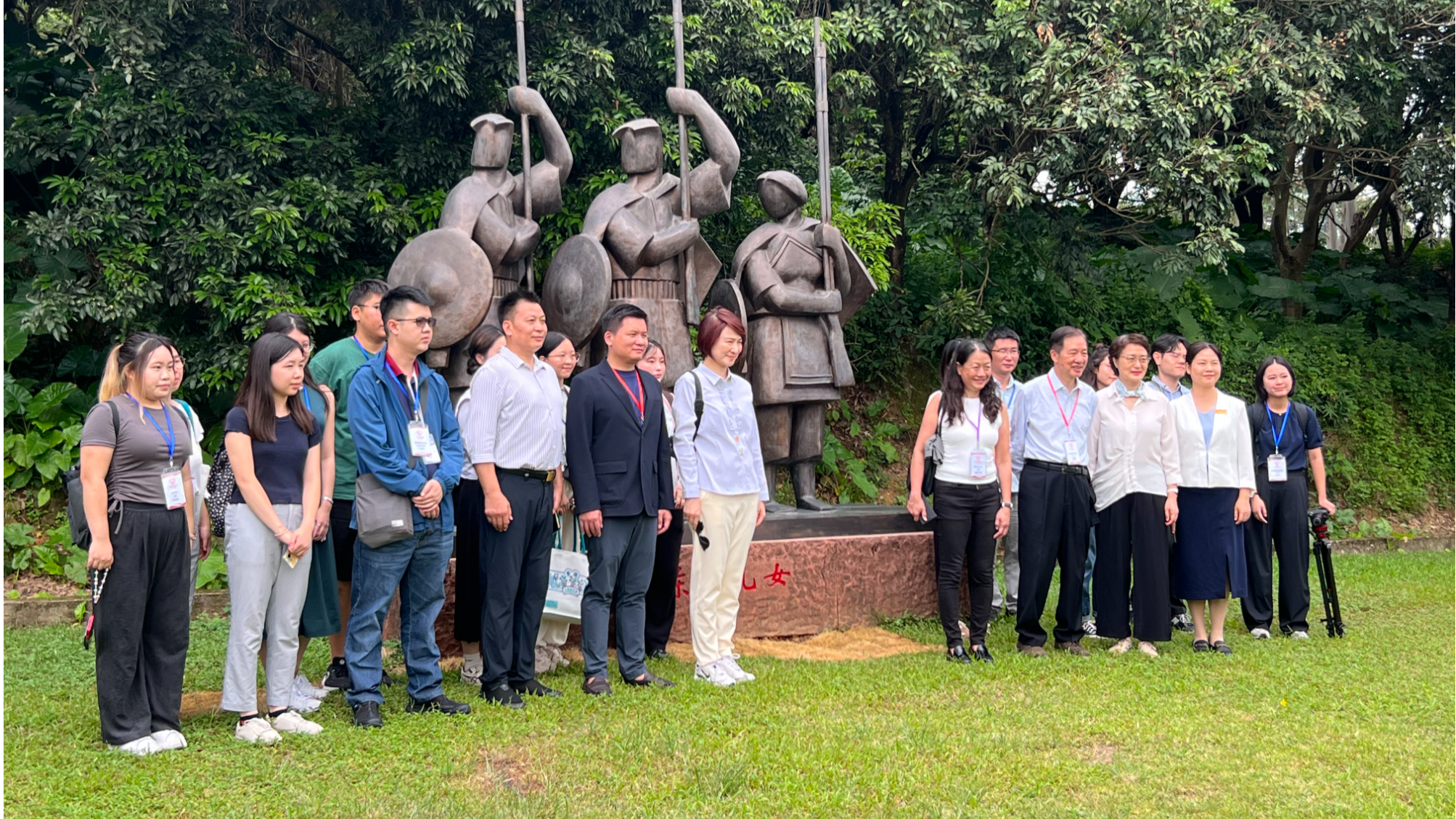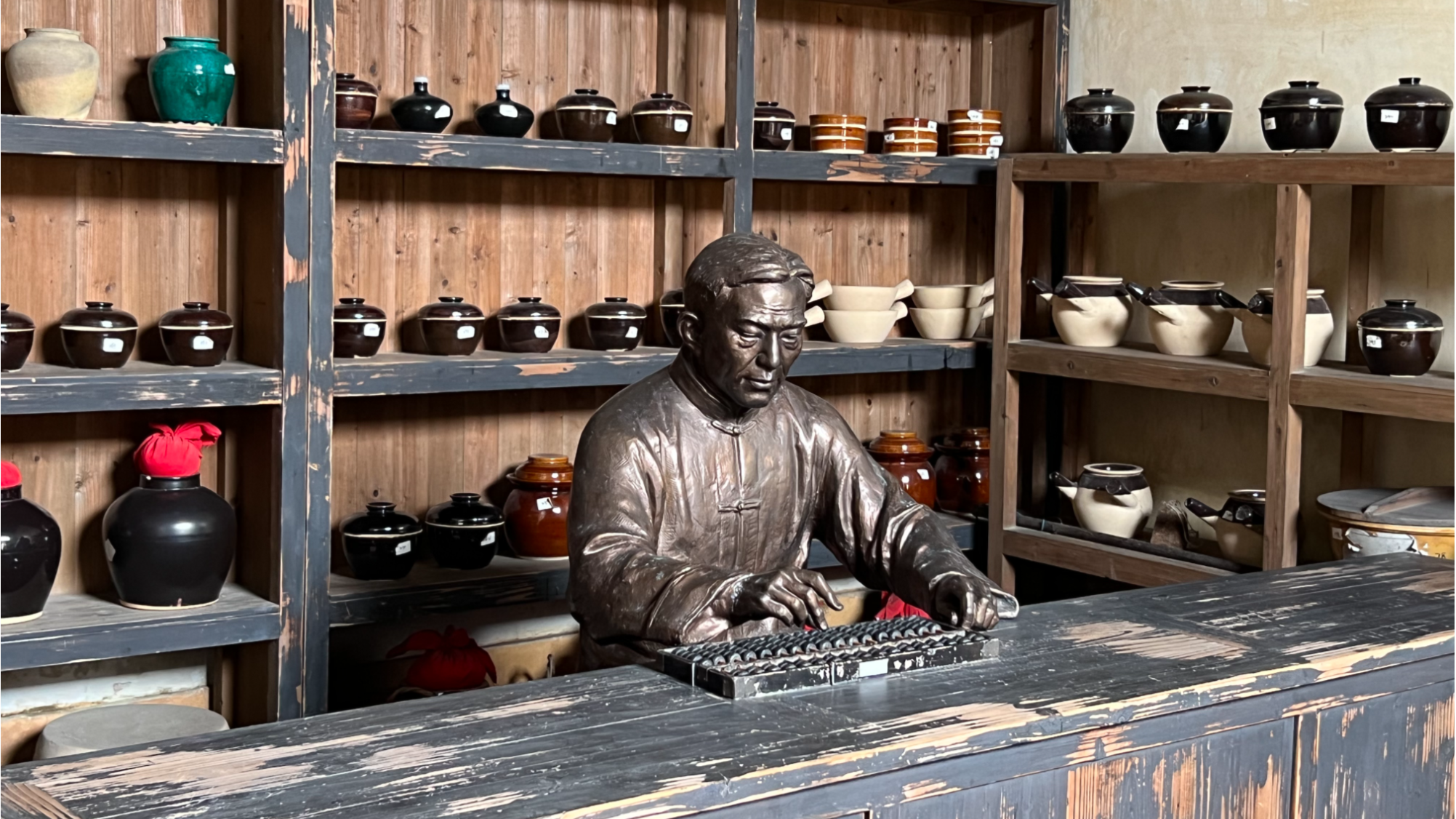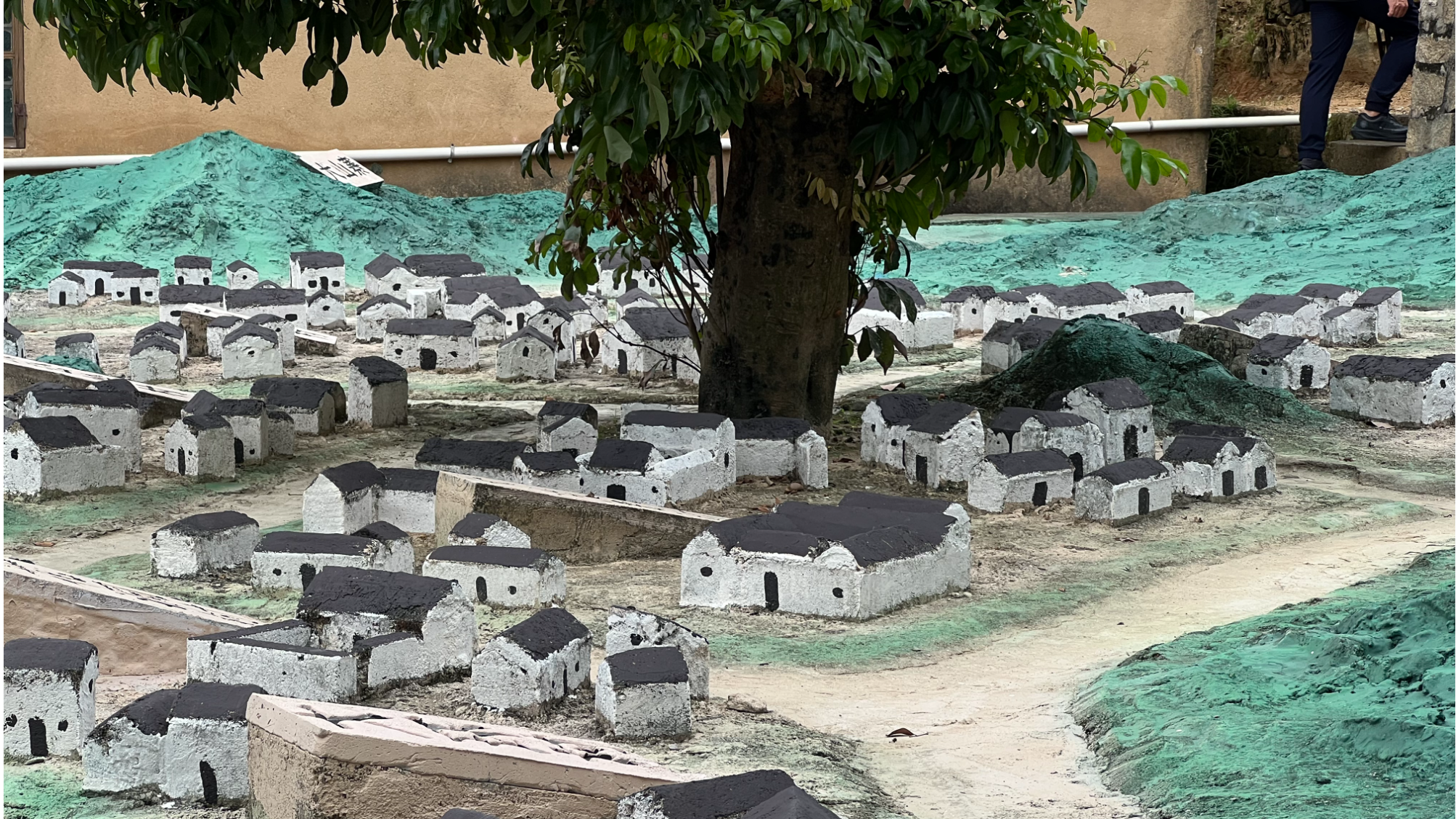
Hong Kong lawmaker Starry Lee Wai-king on Thursday urged the SAR government to speed up the restoration of wartime sites in the city to let more residents know about their history.
Lee spoke out after learning about guerrillas’ efforts to combat the Japanese invasion, during the second day of a media delegation to Shenzhen, Dongguan and Guangzhou — comprising about a dozen Hong Kong-based media.
The two-day visit is to mark the 80th anniversary of the victory in the Chinese People's War of Resistance Against Japanese Aggression and the World Anti-Fascist War.
READ MORE: Media tour of wartime sites kicks off Wednesday
Noting that earlier Beijing established the inaugural patriotism education base for Hong Kong and Macao youth, Lee said she hoped that such a base can be launched in more cities, including in Guangdong and Hong Kong, to allow the youth learn more about the history.
She added that she hoped that the HKSAR government can actively consider setting up this kind of base in its coming Policy Address, slated to be published on Sept 17.
On Thursday, the group visited the Dongguan’s Guangdong Memorial Hall of the East River Column.

The hall, opened in 2005, currently holds over 5,500 exhibits, including a national defense education themed exhibition.
Tang Lin, deputy director of the hall, said it has seen growing number of visits, with over 220,000 visitors so far this year, while the number of youth visitors so far has increased by 62 percent over the same period last year.
Tang said more parents bring their children to the hall during the summer vacation to let them learn more about the history.
Currently, visitors — including some from overseas — are primarily from cities in Guangdong-Hong Kong-Macao Greater Bay Area (GBA). The hall is considering adding more English explanations in the future to help foreign visitors understand, she said.
READ MORE: HK people preserve, perpetuate WWII memories

The hall adjoins the former Dalingshan Anti-Japanese Base — a national key cultural relics protected site. It houses several historic locations, such as the Newspaper All Unite and brigade headquarters, offering visitors a one-stop experience to take a closer look at history.
It has nine existing cultural relics, and is the best-preserved, largest and most complete sites of the anti-Japanese struggle in South China.
The delegation also toured a open-air square to honor the spirit of the East River Column, and Huafeng Temple, where the monks provided asylum for guerrillas.
Contact the writer at atlasshao@chinadailyhk.com


